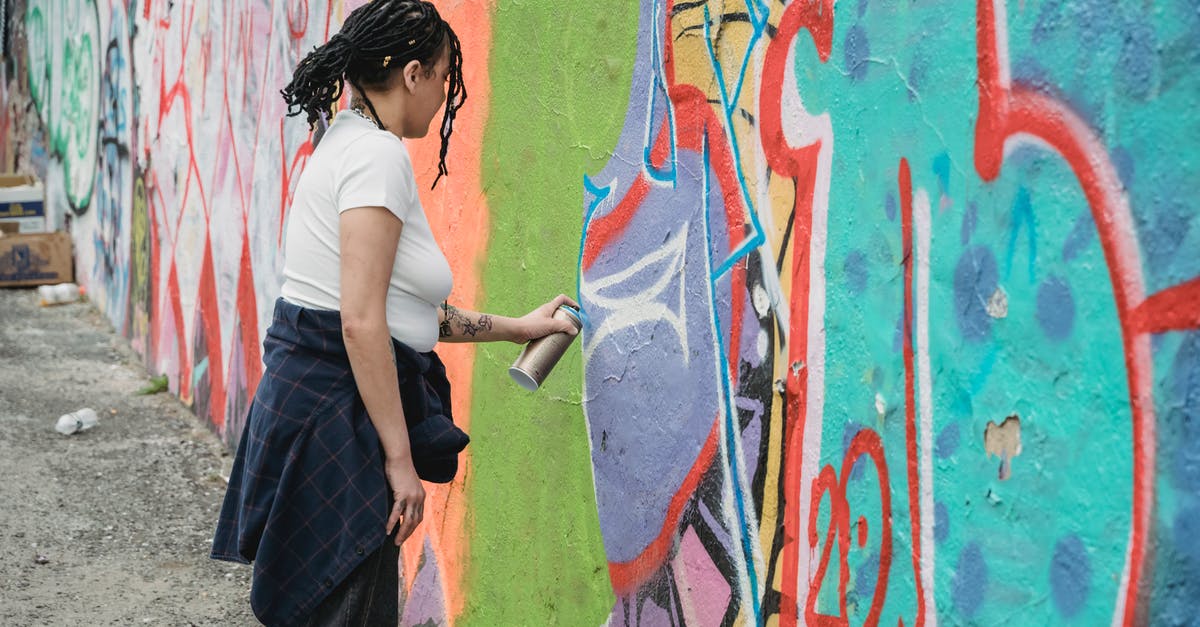Can I build a fond with seitan?

I plan to adapt a chili recipe into a vegetarian one, and I plan to use seitan to get a bit of the umami flavor that the beef usually brings in the chili.
However, I usually build a fond in the bottom of my pot by browning the beef, to get more complex flavors. Can I do the same with seitan ? I fear that seitan will stick a lot to the bottom more than creating a good fond.
Best Answer
Yes*
*However, you may find the results from using seitan only disappointing.
In my trials so far, I was able to build a fond with seitan. It tasted primarily of toasted bread, and burned easily. While my memories of other fond-forming foods (meat, alliums, mushrooms) are hazy, I am pretty sure that they produced more fond and had more complex flavors in practice.
Experiment Details
Materials
All described experiments were run using the same commercially-prepared seitan product (Outdated US text data here, official site here) in all trials.
Factors specific to this product that may differ from seitan made at home or by other brands:
- The oil present in the prepared seitan may influence fond formation
- Flavorings (kombu, soy sauce) may make significant contributions to savory flavors
- Other recipes may have additional, fond-forming carbohydrates (added sugar, onion and other aromatics, etc.)
One 8 oz pacakge was used per trial.
Results
For the first trial, I tried browning large pieces in a single batch. Most of the seitan did not stick to the pan at all, lifting easily even after considerable amounts of time (~1 minute) left unattended. Only a small amount of fond formed in the center of the pan, where most sticking occurred. The fond was cooked until quite dark. After deglazing and reducing, the result was a few teaspoons of smoky and charred liquid with a significant savory component.
For the second trial, the seitan was first chopped into smaller pieces (about 0.5cm x 0.5cm x 1cm) before browning. As before, all pieces were cooked in a single batch. Less oil was added to the pan, and there was more sticking in this trial. More fond seemed to form, again primarly in places where the seitan pieces stuck to the pan. The fond was cooked to a lighter color than it was in the firsts trial, and the result of deglazing and reducing was primarily savory with burnt and smoky components.
For the third trial, the seitan was chopped into smaller pieces before cooking. In this trial, a two-batch approach was attempted. The behavior of the first batch was similar to the behavior observed in the second trial. The fond left in the pan by the first batch seemed to develop undesired charred flavors despite the addition of the relatively moist fond of the second batch.
Additional Comments
It seems that seitan does not release that much water when pan-fried, and the water it does release is not enough to re-integrate fond with unbrowned seitan. You may get better results by finely chopping, shredding, or grinding the seitan and browning as much as possible in a single batch.
Aside: "[sticking] to the bottom [instead of] creating a good fond"
In my personal experience with seitan (and other foods), "sticking to the bottom" is highly correlated with fond production. This correlation was most dramatic when cooking larger pieces of seitan; large pieces that did stick (usually in areas with less oil) would leave fond in the pan, while pieces that did not stick would crisp up but leave no perceptible amount of fond.
While I was unable to find a single authoritative source that outright claims that fond is solely or primarily produced by food sticking to a pan, many sources appear to be consistent with that claim. Selected quotes from articles:
All the tasty browned bits left behind after searing meat are called fond...
Because I want to encrust the bottom of the pan with a golden crackly fond...
In both cases, small particles of the food being cooked will stick to the bottom of the pan ... This is what is called the fond.
Fond is the highly flavorful, browned bits of meat stuck to the bottom of a pan after sautéing.
Pictures about "Can I build a fond with seitan?"



How do you build a fond?
Seitan is a dough, and like most dough, it needs to be kneaded. Kneading helps develop the gluten and brings elasticity and stretch into the dough. The longer you knead the dough, the more gluten you develop leading to a chewier seitan.Can you over knead seitan?
6 Tips to Make Seitan Less Spongy + More Meaty (Texture Guide)How do you make seitan less spongy?
It's an incredibly popular ingredient in Asian and Southeast Asian countries as a vegan alternative to meat because of its chewiness that's reminiscent of the texture of meat. You can buy it at health food grocery stores or Whole Foods, but even better, it's really easy to make at home!EASY SEITAN RECIPE 3-WAYS | VEGAN HIGH PROTEIN
More answers regarding can I build a fond with seitan?
Answer 2
I've done pretty much this - building a frond by browning seitan products, for the additional flavor it brings to the dish.
As an aside, I don't actually know how it compares to traditional meat-based frond, I haven't tried that. But it is good enough for me, so that's something.
I usually use aromatics in addition to the seitan products, and it does build up a crust on the bottom of the pan, which brings some good flavors into the dish. I usually also supplement with dark soy sauce, or some kind of (vegetarian) gravy helper, though that may just be personal preference.
I've found that seitan can stick quite a lot, and it can scorch rather more than I like when working with larger batches or extended cooking times (as I often cook), so what I tend to do is measure out a recipe's worth of oil, but only add a little bit of oil at a time, and when the frond starts looking thick and smooth, I'll deglaze a bit - add a bit of water (like, tablespoons) to lift some of it off, and re-incorporate it into the seitan, then add a bit more of the oil from the measured amount and stir quite vigorously until the water has evaporated and the pan is back to browning temperatures, then go back to regular stirring.
I feel like these little mini-deglazings are more controlled, and less likely to over-scorch, than waiting for it all to be done and deglazing once... though it does add time to the browning as the water has to evaporate off each time to get the pan back up to heat. It works for me, that's all I can say
Answer 3
I don't know; it been a while I've cooked with seitan; I would expect the burned/caramelized bits to add some flavour of some sorts.
I could suggest that you make/use a good vegetarian broth using mushrooms.
Pan fry the mushroom until well caramelized , add some other aromatic vegetables, and add water, "clean up" the pan, pass thrue a sieve an reduce.
Sources: Stack Exchange - This article follows the attribution requirements of Stack Exchange and is licensed under CC BY-SA 3.0.
Images: John Diez, Olga Lioncat, Felicity Tai, Felicity Tai
